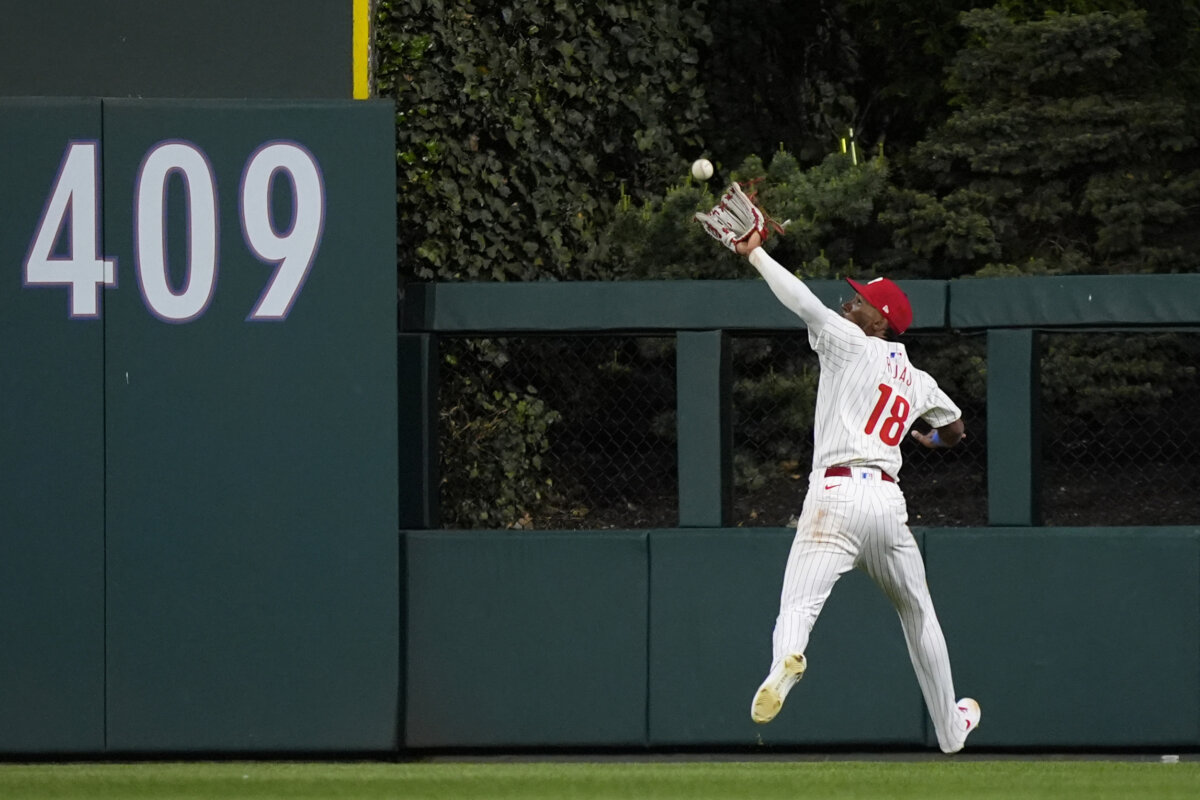Carlsberg arrived in Canada more than 35 years ago with a peal of carillon bells and the thunder of heavy horses, one of the first foreign beers to establish a presence in the country in competition with the brands produced by Labatt, Molson and Carling O’Keefe, the trio of breweries that dominated the country in the age of the stubby.
The beer landscape has changed immeasurably since then, and during its long sojourn in Canada, the Danish beer has been produced domestically by Carling, Labatt, McAuslan and Moosehead.
That changed this week, with the end of domestic production of Carlsberg here in January, and the relaunch of the brand in its regular and light incarnations in a slim green bottle as a premium import.
For Preben Ganzhorn, Carlsberg’s director of marketing here, it was less a matter of quality than perception, a vital factor in fighting the beer wars today.
“One of the challenges for a brand like Carlsberg,” says Ganzhorn, “was that being produced in Canada we had to use the domestic brown standard bottle, so there was consumer confusion as to which category Carlsberg belonged in.”
Generally, consumers knew Carlsberg was produced in Canada, but they also knew it is was a big international beer.
“There was a sentiment that it was like a pseudo import brand at domestic price, and not a real premium beer.”
Imported beer scarcely existed as a sales category in the age of the stubby, but Ganzhorn points out it has exploded in the last decade, which motivated Carlsberg’s decision to continue to compete in Canada, but as a premium import, confident that beer connoisseurs will applaud the change.
“Our research has shown us that the imported beer category has grown significantly for the past five years. The Canadian beer drinker wants beer that is brewed at its place of origin. They want the real Carlsberg.”
















